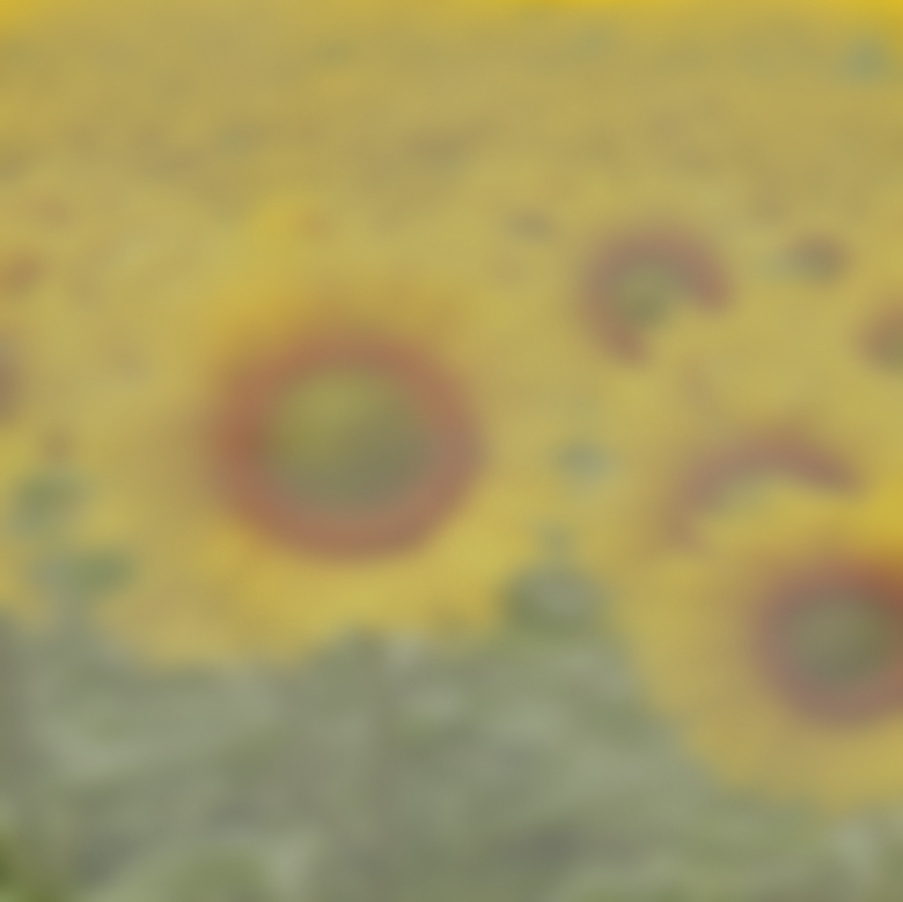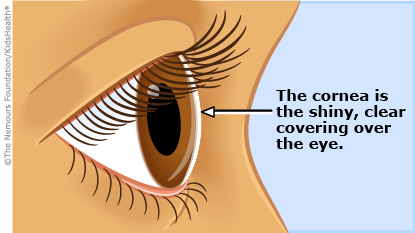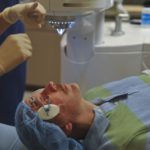
Cornea Services
Cornea diseases can lead to visual impairment
The cornea is a clear tissue at the front and center of the eye. It is transparent and permits light to pass into the eye through the pupil.The curvature of the cornea plays an important role in focusing of light. The normal cornea is smooth, clear, and tough. It protects the eye from infection and foreign material.
Some hereditary conditions, injury to cornea or allergies and infections can result in different types of corneal problems which need medical intervention and surgery. Some of these conditions can be severe and may lead to visual impairment if not treated on time.
We have facilities to treat all types of corneal problems
Corneal problems range from minor inflammation to major problems known as corneal dystrophies and conditions created by herpes. Some treatments involve laser surgeries and corneal transplants. We have the entire range of technical facilities and medical/surgical expertise to treat all corneal problems.
Drag ![]() left/right for full view
left/right for full view


| Normal Vision | Affected Vision |
Frequently Asked Questions
What is cornea? What does it do?
Cornea is the outermost dome shaped curved part of the eye. It has an important function in sight. It is responsible for 65 to 75% of the eye’s total focusing power. If the light does not get focused correctly, we end up seeing blurry images. Cornea also plays a vital role in protecting the eye.

(This image is taken from the Internet)
What are the problems that affect the cornea?
Injuries
Injuries or scratches can affect the cornea. If the injury is small, the cornea usually heals itself. However deeper injuries can impair vision. If you experience symptoms such as pain in the eye, sensitivity to light, blurry vision, inflammation and redness along with headache, fatigue or nausea, you should go to a doctor immediately.
Allergies
Pollen allergies are very common world-over. These can result in redness, itching, tearing, burning, stinging, and watery discharge. Antihistamine decongestant eye drops effectively reduce these symptoms.
Inflamation (Keratitis)
Keratitis is an inflammation of the cornea. A minor injury or prolonged use of contact lenses can cause non-infectious keratitis. Improper cleaning of lenses can lead to infectious Keratitis. Infectious keratitis can be viral or bacterial. Minor corneal infections can be treated with antibacterial eye drops. Some infections need stronger medicines.
Dry eyes
Tears are very important for cleaning and healing the eye. Dry eye is a condition where the quantity of tear produced decreases or ceases. This results in a scratchy feeling or strained feeling, stinging or burning, pain and redness in the eyes. Dry eyes may also lead to a heavy feeling in the eyelids or blurred vision. If you have severe symptoms of this condition, it is advisable to see an ophthalmologist. Mild eye-strain can be relieved with moisturising drops.
Corneal Dystrophies
Corneal dystrophies are usually inherited problems which cause hazy vision due to clouding in the cornea. They normally affect both the eyes and progress gradually.
Vision changes due to dystrophies can sometimes be severe and sometimes vision may remain intact despite dystrophies . Severe eye pain is a major symptom. Most common dystrophies are Keratoconus, Fuchs’ dystrophy, Lattice dystrophy, and Map-dot-fingerprint dystrophy.
Mild versions of these dystrophies can be corrected by medicines or soft contact lenses. If the problem is severe and creates scarring, the doctor can advice corneal transplant. Some conditions need a transplant and long-term treatments. Severe cases of map-dot -finger dystrophies can be treated with anterior corneal puncture/corneal scraping/laser surgery.
Herpes Zooster
Herpes Zooster or Shingles is a viral disease which can affect your eyes. Sometimes cornea problems may arise months after an attack of shingles in eye/nose region. Hence regular eye-examination is advised even after the attack has subsided. Shingles can cause decreased sensitivity of the cornea. This condition requires anti-viral treatment.
Occular Herpes
Occular herpes is a recurrent viral infection. It causes sores in the eyelid or on the surface of the cornea. The infection can also spread deeper in the cornea and the eye and develop into stromal karatitis – a severe eye infection.Herpectic stromal keratitis is a leading cause of blindness in the world.
Occular herpes has no cure, but it can be controlled with anti-viral drugs.
Iridocornial Endothelial Syndrome (ICE)
ICE is caused by movement of the endothilial cells from cornea to iris. Loss of cells causes inflammation of cornea and distortion of iris and pupil. The cell movement blocks the fluid outflow leading to glaucoma. Progression of ICE cannot be stopped, but glaucoma can be arrested. A corneal transplant becomes necessary if vision is impaired considerably.
Pterygium
Pterygium is a pinkish triangular tissue growth in the cornea. It is caused due prolonged exposure to harsh sunlight. Sometimes this growth may be large enough to cover the pupil, but that is rare.
Use of sunglasses and broad-brimmed hats can reduce the chances of pterygium. If the tissue growth does not hamper vision, the treatment is the use of lubricating drops to sooth irritation. If the growth hampers vision, it has to removed surgically.
Steven-Johnson Syndrome (SJS)
SJS is a condition of the skin that affects the eyes. It is characterized by painful purplish-red blisters on the skin and inside the mouth, throat, eyelids and genitals along with flu-like symptoms. It can cause conjunctivitis, corneal blisters and erosion of corneal holes. In some cases, it can lead to loss of vision.
The causes for SJS include drug reaction, especially Sulpha drugs and viral infection.Treatment includes lubricating eye-drops, antibiotics or cortico steroids
What are the treatments for advanced corneal disease?
Laser Treatment
Phototherapeutic keratectomy (PTK) is a surgical technique that uses UV light and laser technology to reshape and restore the cornea. Recurrent erosions in corneal dystrophies can be offered this option. It can postpone the need for corneal transplant.
Corneal Transplants
Corneal transplant is performed to remove the damaged tissue in cornea and replace it with healthy donor tissue. It is a very commonly performed surgery and hundreds of thousands are performed every year the world-over. It’s a short procedure and takes about 30 minutes.
There are three types of corneal transplants
- Penetrating keratoplasty or full-thickness transplant
Here the entire cornea is replaced with donor tissue. Earlier this was the only known methodology, and is still the preferred technique for advanced keratoconus and scarring, severe therapeutic scarring or traumatic injury of cornea.
- Lamellar keratoplasty or partial thickness transplant
Here only the diseased layers of the cornea are replaced. This leaves the cornea structurally intact, lowers rate of complications and results in better visual improvement.
3. Keratoprosthesis (KPro) is an artificial cornea. It is used for patients who have no success with tissue transplants or have high risk of tissue rejection.
Other treatments at Poona Eye Care
Please do write to us if you have any more queries on this. We will be glad to assist.
CONTACT US

- Shop No. 1, Lajawanti Apartments, 62/9 Erandawane, Opposite Sonal Hall, Karve Road, Pune-411004, Maharashtra, India.
- +91 735-027-7779
- info@poonaeyecare.com
Working Hours
- MON: 9:00 AM - 08:00 PM
- TUES: 9:00 AM - 08:00 PM
- WED: 9:00 AM - 08:00 PM
- THUR: 9:00 AM - 08:00 PM
- FRI: 9:00 AM - 08:00 PM
- SAT: 9:00 AM - 01:00 PM



